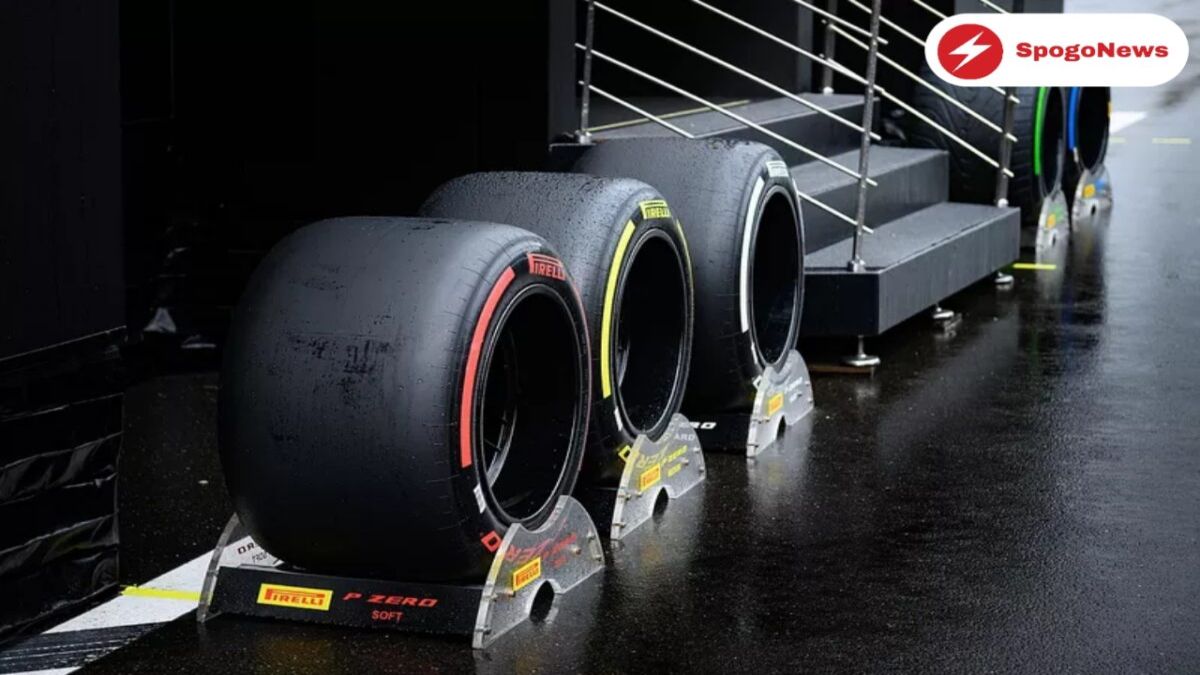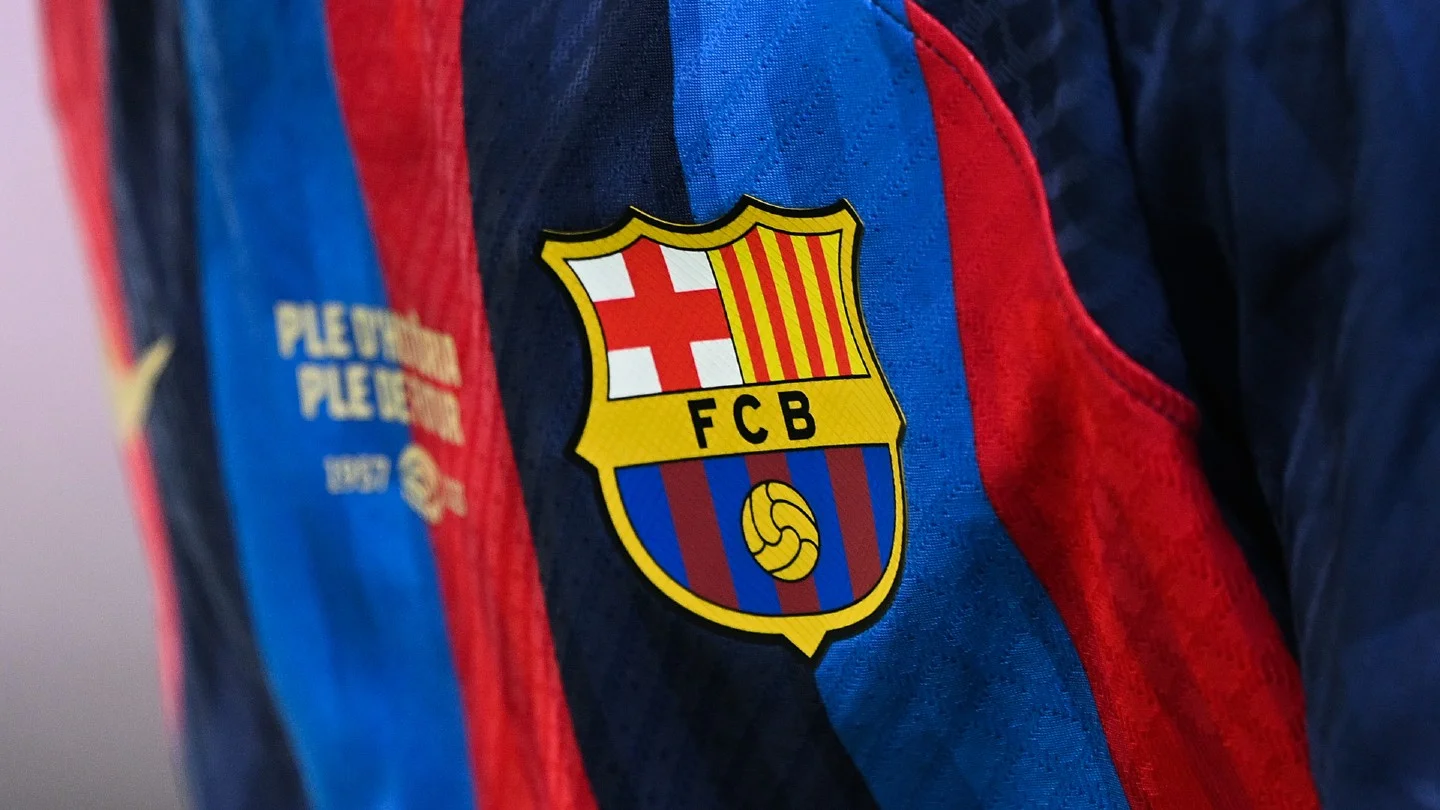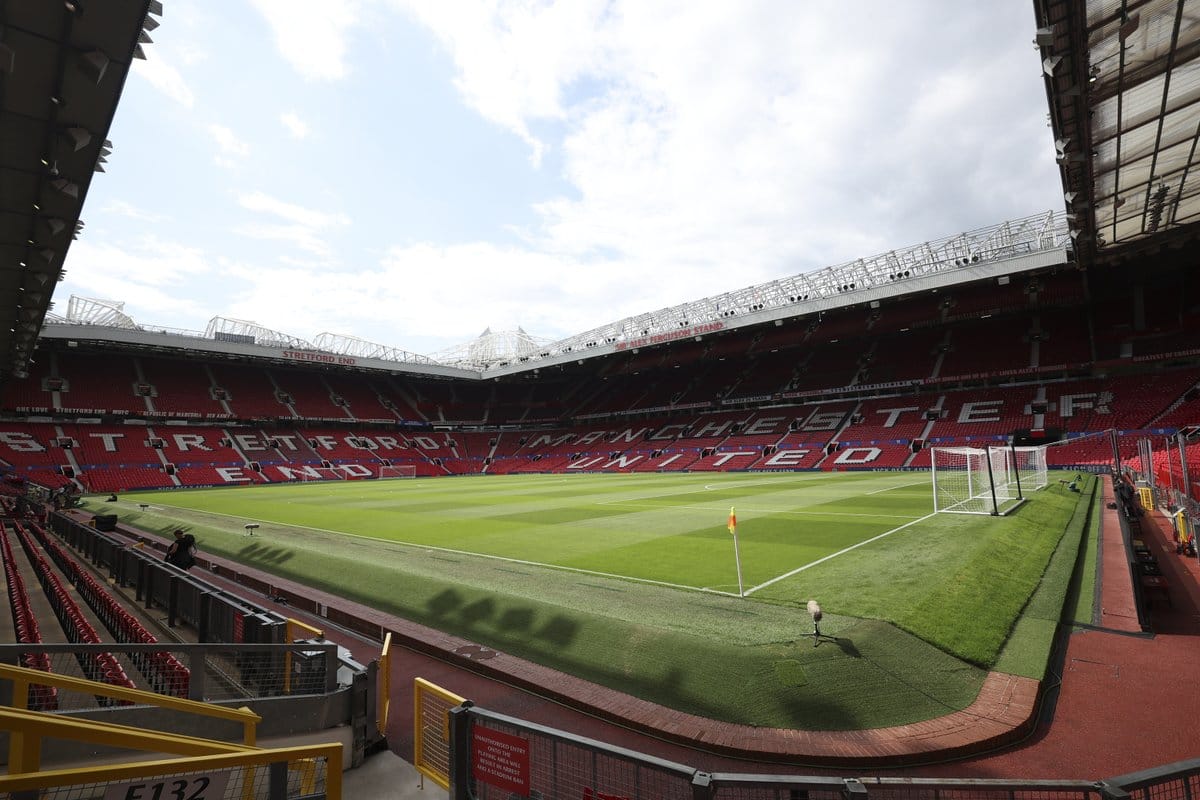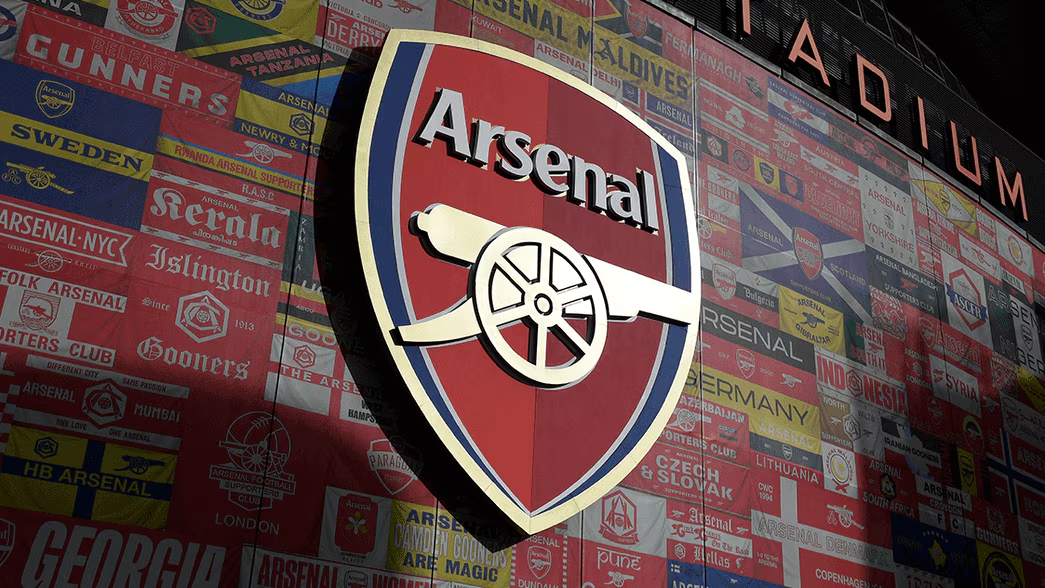(Motorsports news) The two-day test is the most recent development in Pirelli’s no-blanket slick running strategy, albeit rain is predicted to hamper it. Pirelli wanted to roll out the new tires in 2024, but at last Friday’s F1 Commission meeting, it was decided to put off the removal of blankets and have another look at it in 2025.
The decision was made too late for Pirelli to alter its run strategy for Spa, therefore the test will continue to be focused on the no-blanket tyres in order to collect more data for a potential debut in 2025. The problem is that Pirelli faces competition from Bridgestone for the contract that lasts from 2025 to 2028, so it’s unclear if it will still be the official F1 tyre supplier for that season.
During the summer vacation, a decision on the tender is anticipated. Pirelli’s no-blanket program will quickly become obsolete if Bridgestone is chosen because the business won’t be competing in Formula One in 2025. In practice, the Spa test will be useless, at least in terms of any slick running. Pirelli will therefore be able to concentrate its efforts on creating the greatest standard tyre for 2024 during any remaining tests this season, including a session at Monza following the Italian GP.
Pirelli has spent less time than usual developing tyres with blankets for 2024 and dealing with the yearly rise in downforce levels and overall performance that the teams obtain because the focus of its testing this year has been on running without blankets. It must now create a tire that can withstand the expected loads for the season-ending race in 2024.
When asked about the test schedule, Mario Isola, the head of Pirelli F1, said, “Now that we know that the no-blanket tyres have been delayed to 2025, we also have to understand if we need to make any modifications to the current product for next year. So we need to assess the entire plan, and since we are now here, we certainly need to think about tyres for 2024. If we need to change the present product in any way for the following year—for example, to improve compounds or fine-tune the delta lap time—we may do so.
If we are approved for 2025, we must also create no-blankets and figure out what to do with rainy weather tires. When asked if there is still time to use Monza next month as a test for standard tires for 2024, Pirelli responded, “That’s a fair question. I must investigate. I’m not quite sure! However, because we are not on summer break, we can create some prototypes.
Pirelli will at least have the opportunity to test its most recent wet and intermediate tyre developments if it persistently rains over the two days of Spa testing this week. Isola expressed the hope that Tuesday and Wednesday will bring rain. “So that we may compare the present intermediate to the one we intend to homologate for the following year. That is a great chance.
The only drawback of using only two cars is that they won’t be able to clear the water, but on the plus side, spray is less of a problem, especially if the cars are purposefully kept far apart on the track. Theoretically, this means that the drivers will be able to run the track more extensively on full wets than they were able to do last weekend, when visibility with a complete field on the track was crucial.
“We also take into consideration that, for example, Tuesday and Wednesday that we have two cars running, you can send out the two cars at a certain distance,” added Isola. “So you have a comparable condition on the track. Additionally, you can test out two different tire kinds.
Then you have to take into account the fact that you have two distinct automobiles with different drivers, so that is another element you need take into account when analyzing the outcome. How important this week’s running is to the two competing teams is still up in the air.
In-season track experience is usually beneficial, so Aston Martin is taking advantage of the chance to test and reserve driver Stoffel Vandoorne on Wednesday. This will help the Belgian with sim correlation and better prepare him to jump in if necessary. Pirelli, the company that conducts the testing, has rigorous guidelines on the permitted car configurations.
For instance, McLaren is unable to use the test to collect data with a reduced drag specification because it was forced to run with an unfavorable high downforce level for the Belgian GP race weekend. When asked about the significance of the test, McLaren’s Andreas Stella responded, “In terms of the drag level, actually, that’s not very relevant, because it’s not like we have another configuration that we can run.”
“If not, we would have had to run it during race weekend here at Spa. In any case, during a tire test, you must run configurations that have already been used at racing events.
“In terms of the test’s applicability, I was actually talking to our director of engineering [on Sunday] morning about how we were hoping for some decent weather so that we could do some work that could be helpful to Pirelli in the future. I believe that we will once more be somewhat at the mercy of the weather.
Also read: “Future is bright” for Alpine F1 staff, according to Szafnauer














